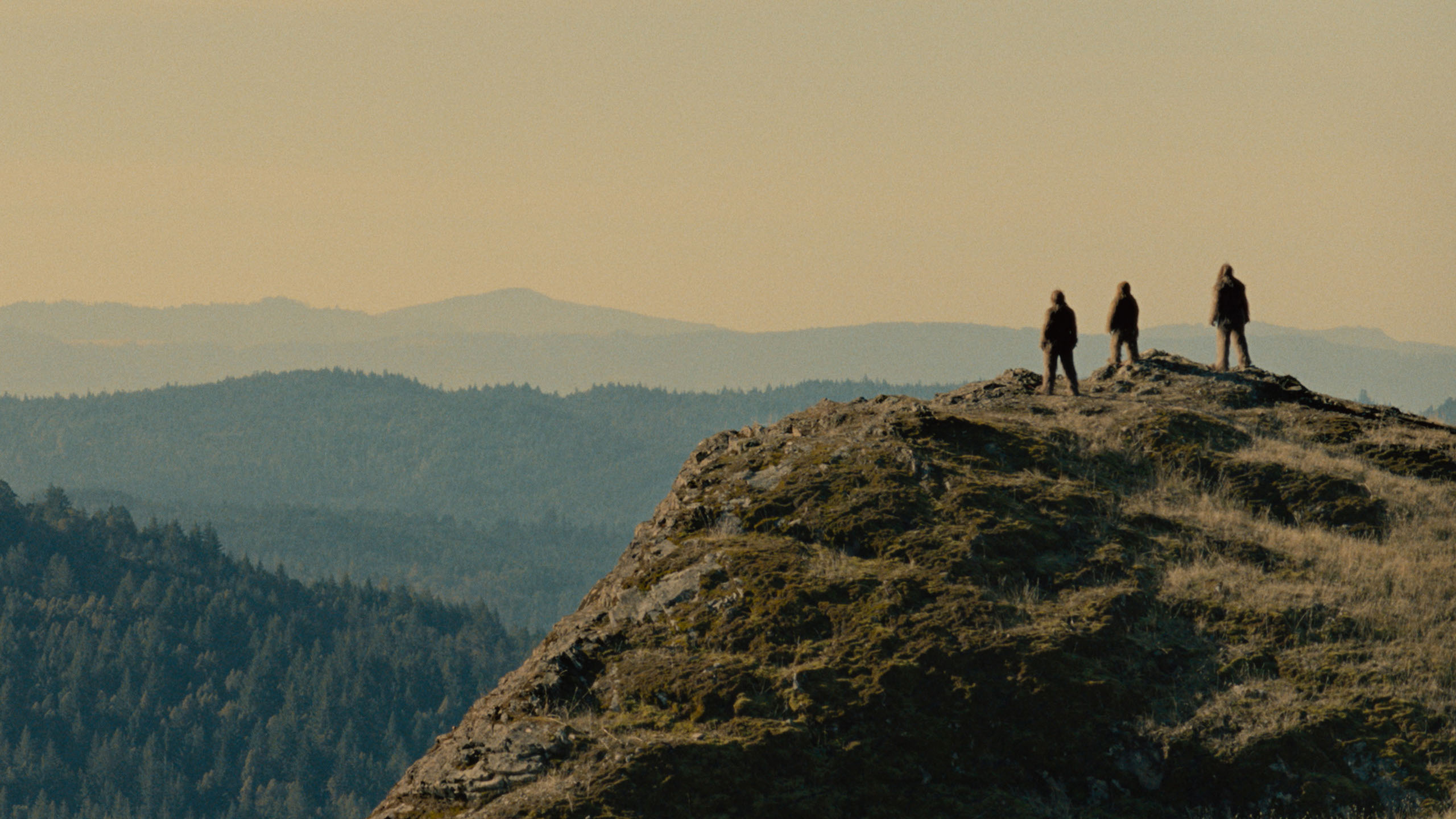Sundance Film Review: Sasquatch Sunset
Film Reviews
Sundance Film Review: Sasquatch Sunset
Directors: David Zellner, Nathan Zellner
The Space Program, ZBI, Square Peg, Felix Culpa
Premiere: 01.19
Ever wonder what Bigfoot is up to when the paparazzi aren’t there to snap blurry photographs? The Zellner brothers answer that question and then some in Sasquatch Sunset, a dialogue-free film that follows a small tribe of Sasquatches—who communicate entirely through grunts, wails, hoots and frantic gesticulations—over the course of a year. The film is somewhere in between a low-brow, gross-out physical comedy and a touching survival documentary with half-baked themes of climate change and wildlife destruction.
While introducing the movie at the Sundance world premiere, David Zellner didn’t offer much in the way of an explanation. “We worked with primatologists and anthropologists. Everything in this film is 100% authentic to how Sasquatches are in real life,” he told the audience. “Even the weird stuff. Just trust us.” Knowing that the brothers recently co-directed three episodes of the bizarre black comedy The Curse starring Nathan Fielder, and that indie horror legend Ari Aster was credited as an executive producer, I was prepared for just about anything.
The notes I took during the screening read like a frenzied anthropologist trying to understand a creature that defies all logic of natural selection: “Hunter-gatherer nuclear family. Able to count to three and possibly domesticate chickens. Males will attempt to have sex with anything resembling a hole. Eats own boogers and flings poop when afraid. Few natural predators but highly susceptible to slapstick-style, largely preventable deaths.”
Jesse Eisenberg (The Social Network, Now You See Me), Riley Keough (Mad Max: Fury Road, Daisy Jones & The Six), Christophe Zajac-Denek (Twin Peaks) and Nathan Zellner are all unrecognizable in their enormous Bigfoot suits and layers of prosthetics, but their bright blue eyes still convey a surprising depth of emotion. In the summer, the matriarch buries her mate and lays rudimentary woven grass chains on his grave; in the fall, the simple oafs care for a newborn that looks like dead baby Voldemort with tenderness and affection.
Some audience members walked out after just 15 minutes, but those with a higher tolerance for penis jokes and recurring gags involving bodily fluids were rewarded with beautiful cinematography of the Northern California wilderness. Throughout four seasons, the relatively quiet lives of these gentle giants become increasingly marred by wildfires, deforestation and human encroachment into their natural habitat.
For all of its merits, though, it was clear to me that this concept first began as a joke before developing into a goofy short film idea and finally into a 90-minute movie. Evidence for the presence of humans kept accumulating as I waited for a face-to-face encounter that never came; each time, seemingly by luck, the Sasquatches managed to avoid direct contact with mankind. The fate of the species is yet unknown, but at least now we know what Sasquatch sex looks like. –Asha Pruitt
Read more of SLUG‘s comprehensive coverage of the 2024 Sundance Film Festival.
